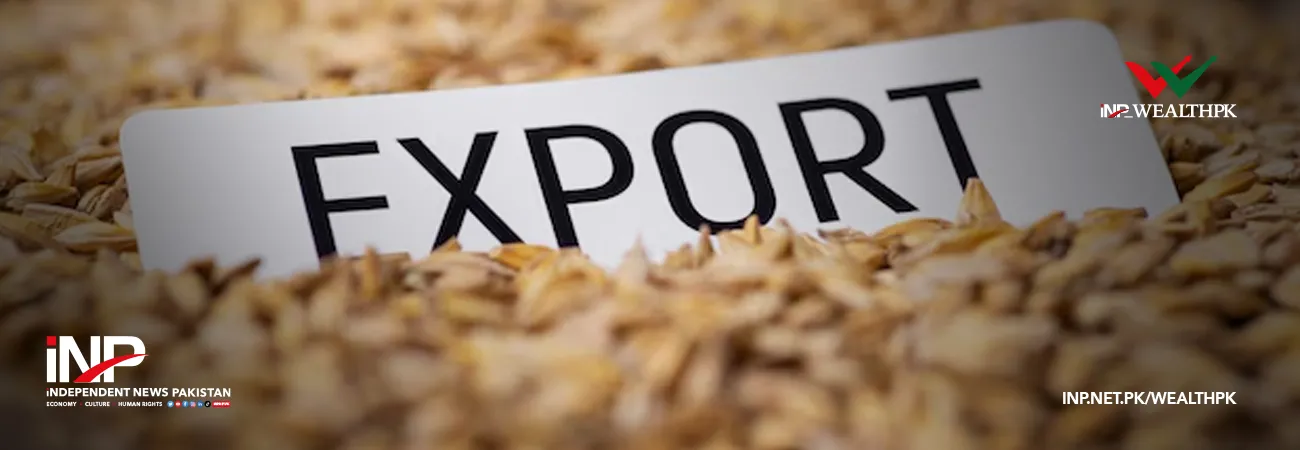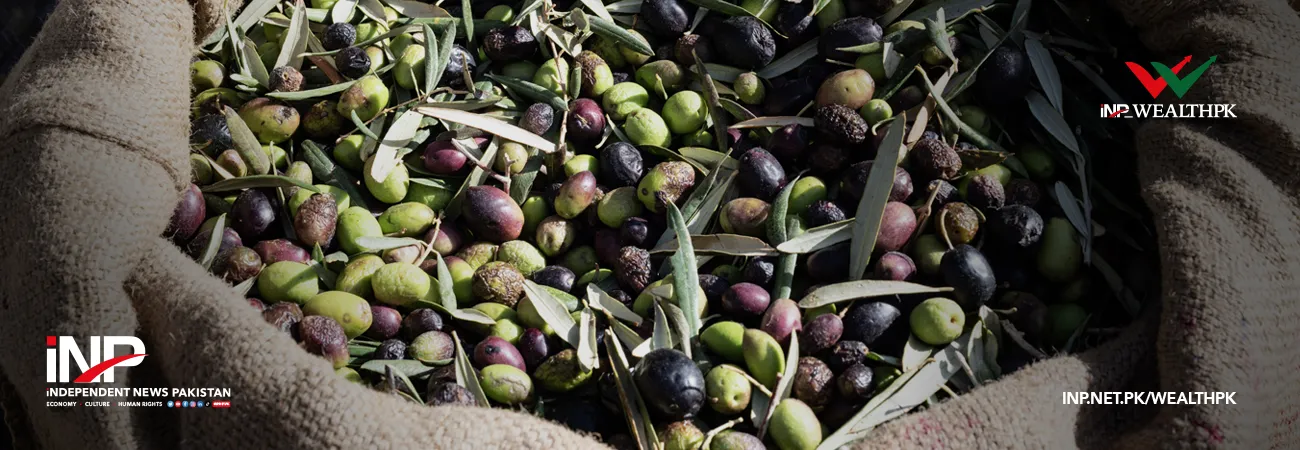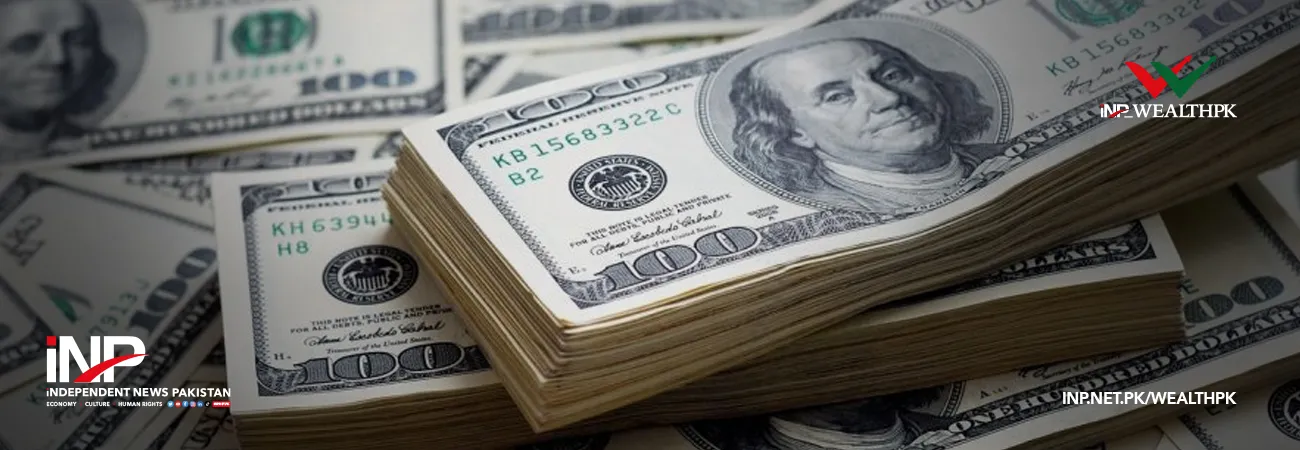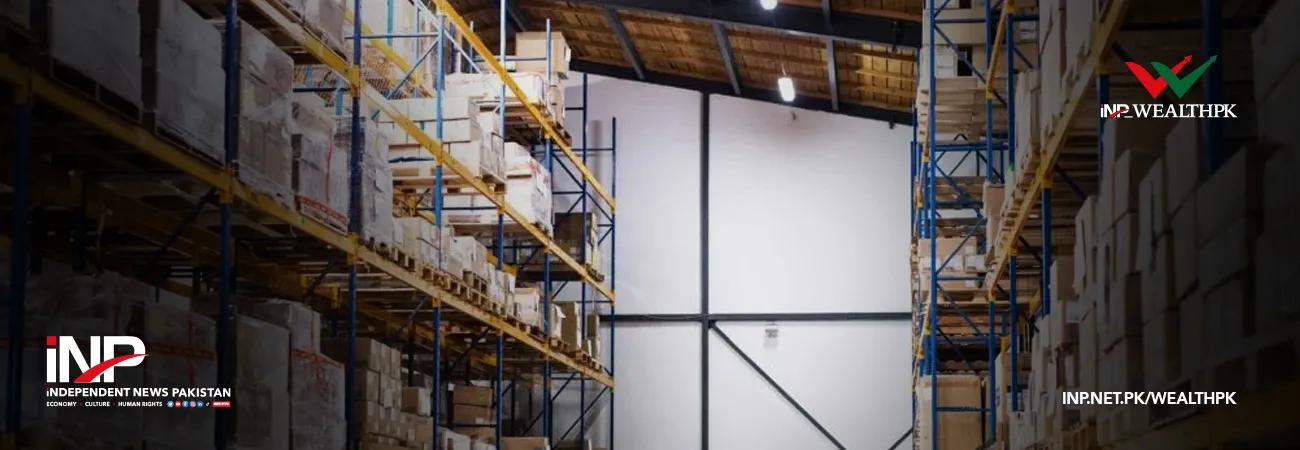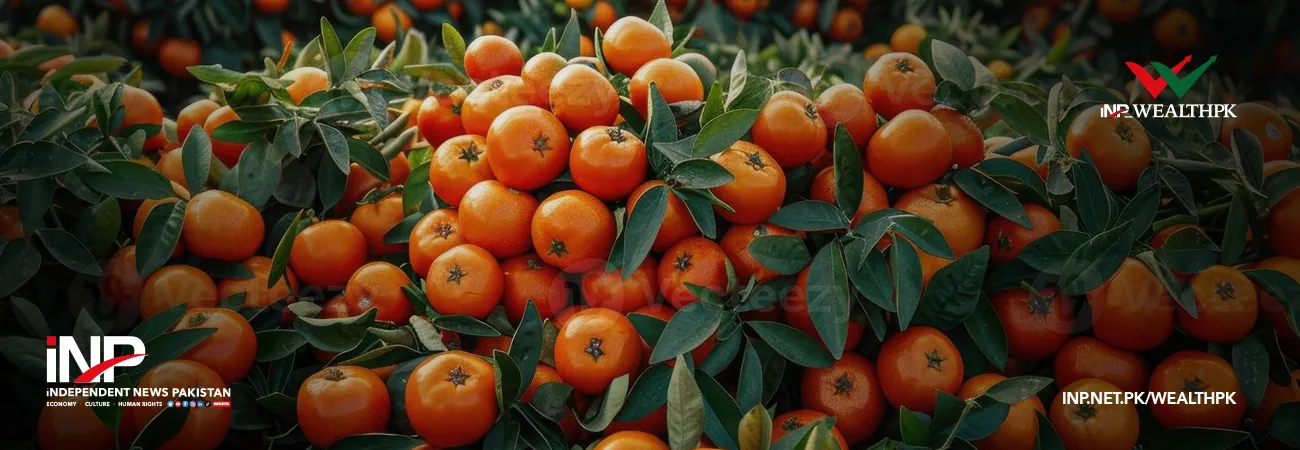INP-WealthPk
By Faiza Tehseen
ISLAMABAD, June 14 (INP-WealthPK): Pakistan has generous deposits of molybdenum in Balochistan and Gilgit-Baltistan, but absence of processing, grading and value-addition units is depriving the country of great economic value of the mineral.
Molybdenum is a refractory metal that is mostly extracted as a by-product of copper and tungsten.
Molybdenum is used in multiple forms, including solid, powdered and liquid. It is a versatile refractory metal to be used in multiple industries, including pigment formation, fertilizers, lubricants, as an alloy edition, as a semiconductor in cellphones, manufacture of power batteries and electric vehicles, construction materials and medical purposes.
In powdered form, molybdenum is highly flammable, and can cause an explosion if ignited, but never burns on its own.
It is expected that the molybdenum market will be quantified at 6,427 tonnes by the year 2027 at a compound annual growth rate of 2.80%.
Talking about the mineral’s potential and its deposits in Pakistan, Yasir Shaheen, an assistant director of the Geological Survey of Pakistan (GSP), told WealthPK during an interview that molybdenum was a precious industrial metal keeping multiple characteristics. He said it was abundantly found in Pakistan. However, its deposits were not exactly quantified, thus its grading and ore reserve estimations were not reported as yet at the official level, he added.
He said molybdenum’s known occurrences were in the form of molybdenum sulfide (molybdenite ore), which is associated with copper, gold and silver. “These deposits are found in Saindak, Reko Diq, Durban Chah, Koh-i-Sultan, Dasht-i-Kain, Ting-Dargun, Ziarat, Amuri and Chagai areas of Balochistan and Chapursan valley of Gilgit Baltistan. In these porphyry copper deposit locations, molybdenum is a by-product.”
 Meanwhile, talking to WealthPK, gemologist and miner Imran Babar said that Pakistan can tap generous deposits of molybdenum in its earthen crypts with a good percentage of 40 to 70%. “The word molybdenum is of neo-Latin origin and means ‘lead’, but further modern research proved molybdenum as an entirely different element than lead,” he explained.
He said molybdenum was found in two types in Pakistan – molybdenite black or lead silvery gray and molybdenum oxide – the principal ore yellow or light blue. “While molybdenite is found in abundance molybdenum oxide is found in comparatively low quantity.”
He said that many industrial and domestic metallic items could be produced from the mineral. “It is used as an alloy with steel and kitchen cleavers. Nowadays, construction material is also manufactured by using the mineral as it strengthens metals, improves their quality and is light in weight. Molybdenum is also used as a good lubricant and for medical purposes,” Imran Babar told WealthPK.
He asserted that Pakistan could earn huge foreign exchange by establishing proper graders and value addition units for the mineral.
Talking about the valuable uses of molybdenum, Taj Muhammad, Assistant Manager of Pakistan Mineral Development Corporation (PMDC), said mostly, the mineral was used to make alloys to increase strength, resistance to corrosion, hardness and electrical conductivity. “Such moly steel alloys are used to form parts of an auto engine. It is also used in heating elements, saw blades, drills, and cutting gears.”
Continuing the discussion, Taj Muhammad said companies, which were extracting copper/gold from the precious deposits in Pakistan, were not bound to account for molybdenum, as under agreements, they were supposed to extract only major elements. “The value of other constituents or by-products is not defined as valuables. So, these companies pay only for copper or gold to the government. These companies benefit from the associated by-products or constituents gained after the smelting process.”
Meanwhile, talking to WealthPK, gemologist and miner Imran Babar said that Pakistan can tap generous deposits of molybdenum in its earthen crypts with a good percentage of 40 to 70%. “The word molybdenum is of neo-Latin origin and means ‘lead’, but further modern research proved molybdenum as an entirely different element than lead,” he explained.
He said molybdenum was found in two types in Pakistan – molybdenite black or lead silvery gray and molybdenum oxide – the principal ore yellow or light blue. “While molybdenite is found in abundance molybdenum oxide is found in comparatively low quantity.”
He said that many industrial and domestic metallic items could be produced from the mineral. “It is used as an alloy with steel and kitchen cleavers. Nowadays, construction material is also manufactured by using the mineral as it strengthens metals, improves their quality and is light in weight. Molybdenum is also used as a good lubricant and for medical purposes,” Imran Babar told WealthPK.
He asserted that Pakistan could earn huge foreign exchange by establishing proper graders and value addition units for the mineral.
Talking about the valuable uses of molybdenum, Taj Muhammad, Assistant Manager of Pakistan Mineral Development Corporation (PMDC), said mostly, the mineral was used to make alloys to increase strength, resistance to corrosion, hardness and electrical conductivity. “Such moly steel alloys are used to form parts of an auto engine. It is also used in heating elements, saw blades, drills, and cutting gears.”
Continuing the discussion, Taj Muhammad said companies, which were extracting copper/gold from the precious deposits in Pakistan, were not bound to account for molybdenum, as under agreements, they were supposed to extract only major elements. “The value of other constituents or by-products is not defined as valuables. So, these companies pay only for copper or gold to the government. These companies benefit from the associated by-products or constituents gained after the smelting process.”




